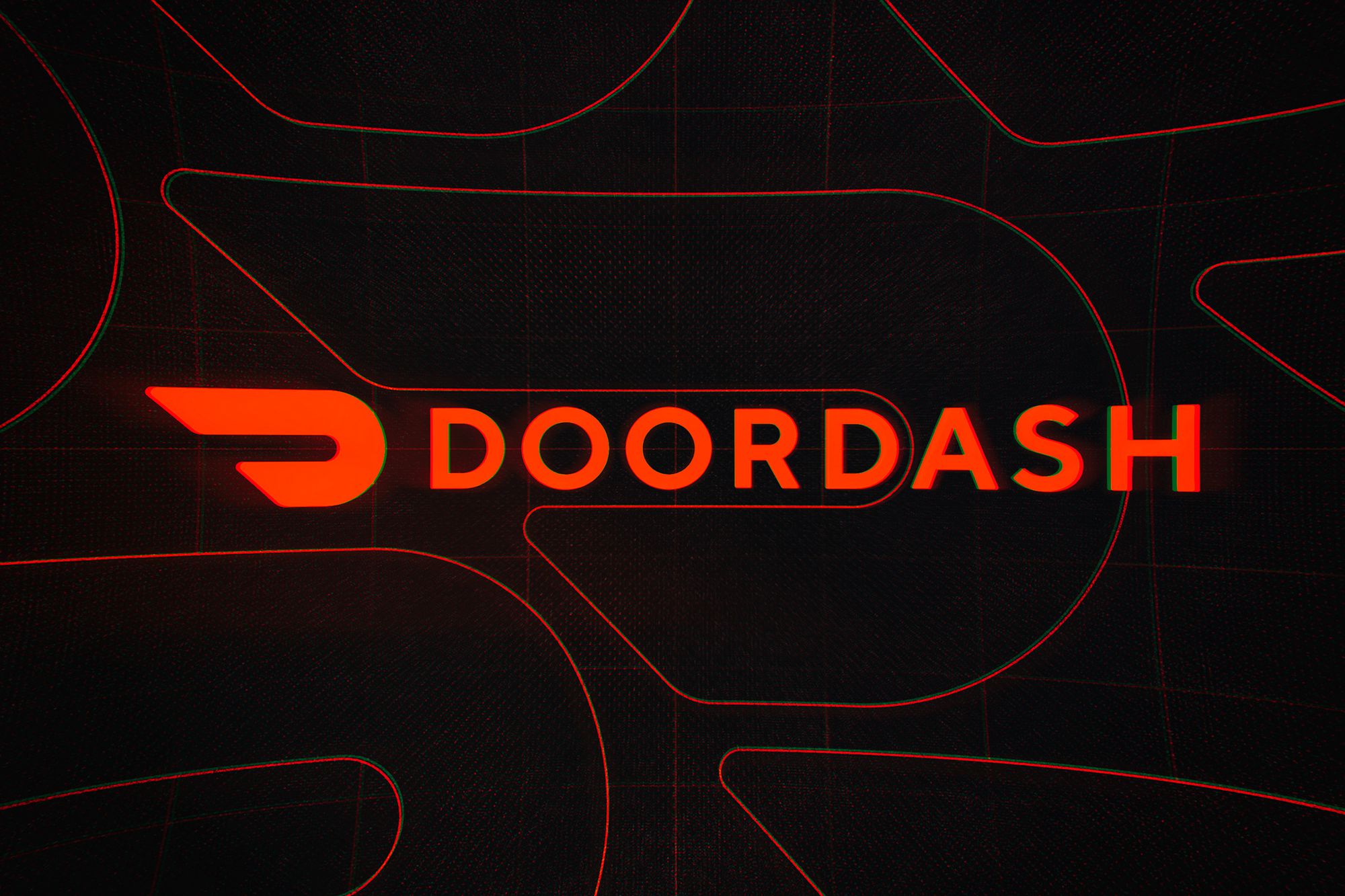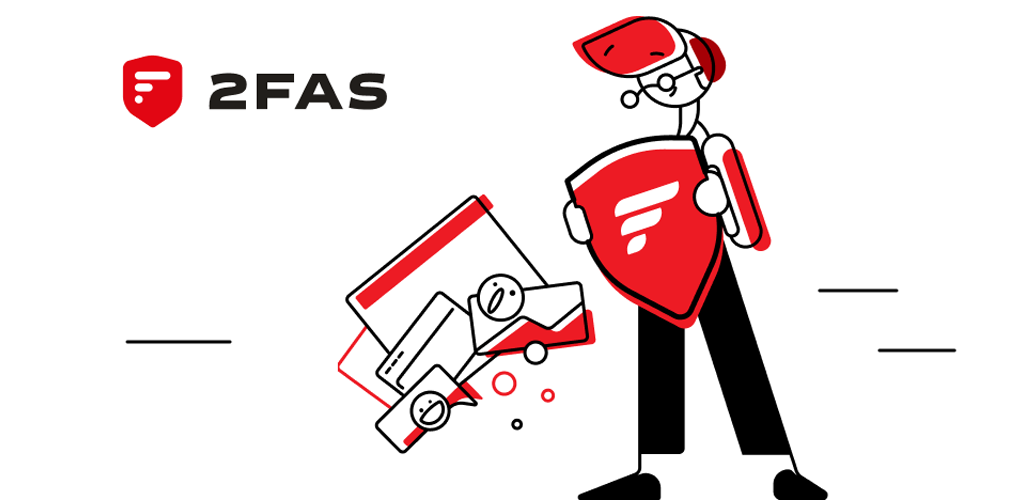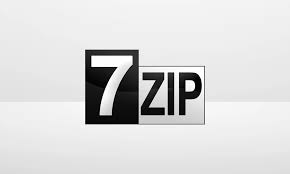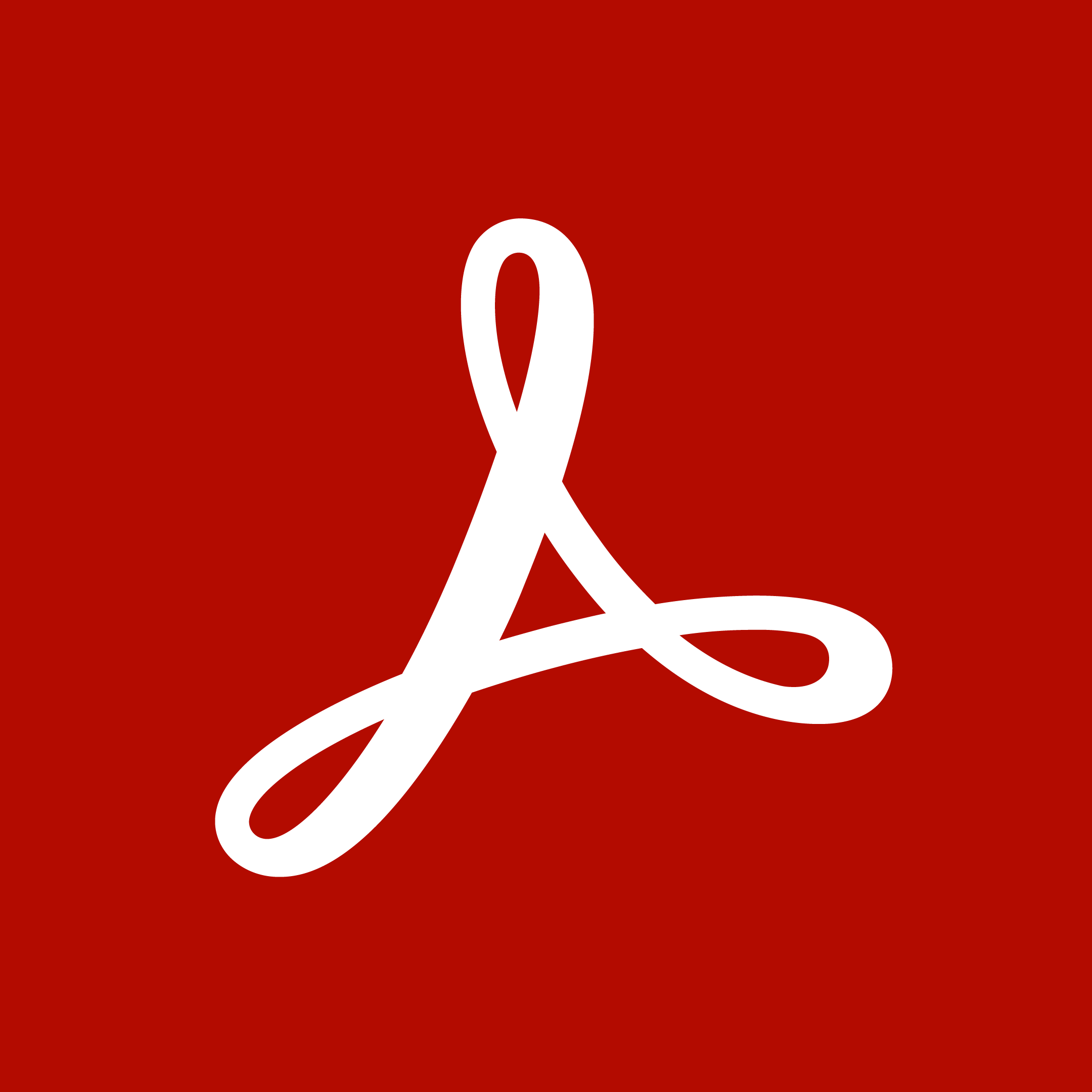DoorDash: On-Demand Delivery Connecting Diners & Local Merchants
1. What Is It?
DoorDash is an online platform (website and mobile app) that facilitates on-demand delivery from restaurants, convenience stores, and other local merchants. Established in 2013, DoorDash has rapidly expanded throughout the United States and beyond, partnering with a wide range of eateries—from national chains to smaller, neighborhood favorites. DoorDash allows users to browse menus, place orders, track deliveries, and pay via a single interface.
Which Problem Does It Solve? Similar to other food-delivery apps, DoorDash saves customers the inconvenience of traveling to pick up orders or calling individual restaurants. It also offers a gig-economy model for drivers (Dashers) looking to earn through flexible deliveries. For MyDigitalFortress users, balancing the platform’s convenience with potential data collection and privacy considerations remains a key concern.
2. Technical Foundations
Platform & Merchant Integrations
DoorDash uses a centralized platform that syncs with partner merchants’ menus, updating item availability and prices in near-real-time. Through the DoorDash website or app, customers can browse local eateries, place orders, and pay using stored payment methods. Delivery is handled by independent Dashers, who rely on GPS-based routing for timely pickups and drop-offs.
Fees & DashPass Subscription
DoorDash typically charges a delivery fee, plus service fees and tips for the Dasher. Users can subscribe to DashPass to reduce or waive delivery fees from select restaurants, which may be cost-effective for frequent ordering. As with similar platforms, menu markups or higher prices than in-store can occur, reflecting the trade-offs of on-demand convenience.
Data Usage & Personalization
DoorDash collects user data such as delivery addresses, payment details, and order history. They also track real-time location for both customers (to verify addresses) and Dashers (for route optimization). According to the DoorDash privacy policy, data may be shared with restaurants, Dashers, or third parties for analytics and personalized marketing. From a MyDigitalFortress standpoint, ensuring your location preferences and data permissions align with your privacy comfort level is crucial.

3. Who Is It For?
DoorDash caters to busy urban professionals, families, students, and anyone seeking meal delivery or convenience store runs. Typical user groups:
- Those With Limited Time or Mobility: Quick meal solutions without leaving home.
- Frequent Diners: DashPass can be economical for multiple monthly orders.
- Variety Seekers: Large city dwellers seeking diverse cuisine or convenience store items.
- Privacy & Budget Conscious Individuals (with caution): Fees, location data, and potential upselling are factors to consider.
Ultimately, MyDigitalFortress readers should assess how DoorDash’s data usage and gig-economy cost structure align with their personal security and ethical stances on driver compensation and platform centralization.
4. Use Cases & Real-World Examples
- Weekday Lunch at Work: Office employees order from local cafés or fast-food spots to save time on midday errands.
- Weekend Takeout Variety: Families explore multiple cuisines in a single weekend without driving to each restaurant.
- Emergency Grocery Items: Users sometimes rely on DoorDash for quick convenience store deliveries (milk, eggs, snacks) if the nearest store is far or they lack transport.
- Group Orders & Parties: Friends coordinate shared carts or multiple deliveries for get-togethers or gaming nights.
5. Pros & Cons
Pros
- Broad Restaurant Network: Often features an extensive selection of local and chain eateries.
- Simple Ordering & Payment: Streamlined process for browsing menus, customizing meals, and paying in-app.
- DashPass Membership Benefits: Reduced or waived delivery fees for frequent orders, with occasional perks or promos.
- Convenience Store & Grocery Options: Not limited to restaurants; handle quick essential item deliveries.
Cons
- Multiple Fees & Markups: Delivery fee, service fee, and possible menu price inflation can make orders more expensive.
- Data Tracking & Privacy Concerns: Tracks addresses, order preferences, and location info—may not suit all privacy standards.
- Inconsistent Driver Quality & Availability: Real-world factors like traffic, driver skill, and distance can affect timeliness or food quality.
- Uneven Coverage in Some Areas: Smaller towns or suburbs may have limited restaurant options or slower delivery times.
6. Getting Started
New to DoorDash? Follow these steps to place your first order:
- Sign Up or Log In: Create an account at DoorDash.com or via the DoorDash app (iOS/Android). Provide an email or social login, plus a delivery address.
- Browse & Select Restaurant: Check available eateries, categories, or fast deals. Filter by distance, cuisine, or pricing.
- Customize Your Order: Pick items, specify sauces or instructions, watch for in-app promotions or free delivery offers.
- Review Fees & Delivery Options: Decide on standard or no-contact delivery, see total costs (including tips).
- Pay & Track: Enter card info or use a saved method, then follow real-time updates on your order’s progress from preparation to doorstep drop-off.
7. Conclusion & Next Steps
DoorDash offers a smooth, familiar food delivery experience for those seeking quick and varied dining solutions. For MyDigitalFortress readers balancing convenience against data privacy, it’s important to weigh how the platform collects addresses, location info, and purchasing habits to power recommendations and targeted promos.
If time-saving and broad restaurant options outweigh these concerns, DoorDash can significantly ease day-to-day dining needs. However, cost-savvy diners might test smaller local alternatives or call restaurants directly to skip extra fees. A quick test order can help gauge whether DoorDash meets your budget, taste preferences, and privacy comfort zone. If so, it can become a valuable ally in modern, on-demand living.
Next steps? Try a small order at a local restaurant you’d normally visit in person, compare total costs, and evaluate how the location data usage aligns with your digital security goals. If it’s acceptable, DoorDash can join your curated toolbox of MyDigitalFortress approved apps designed to enhance daily life while respecting your personal data boundaries.





